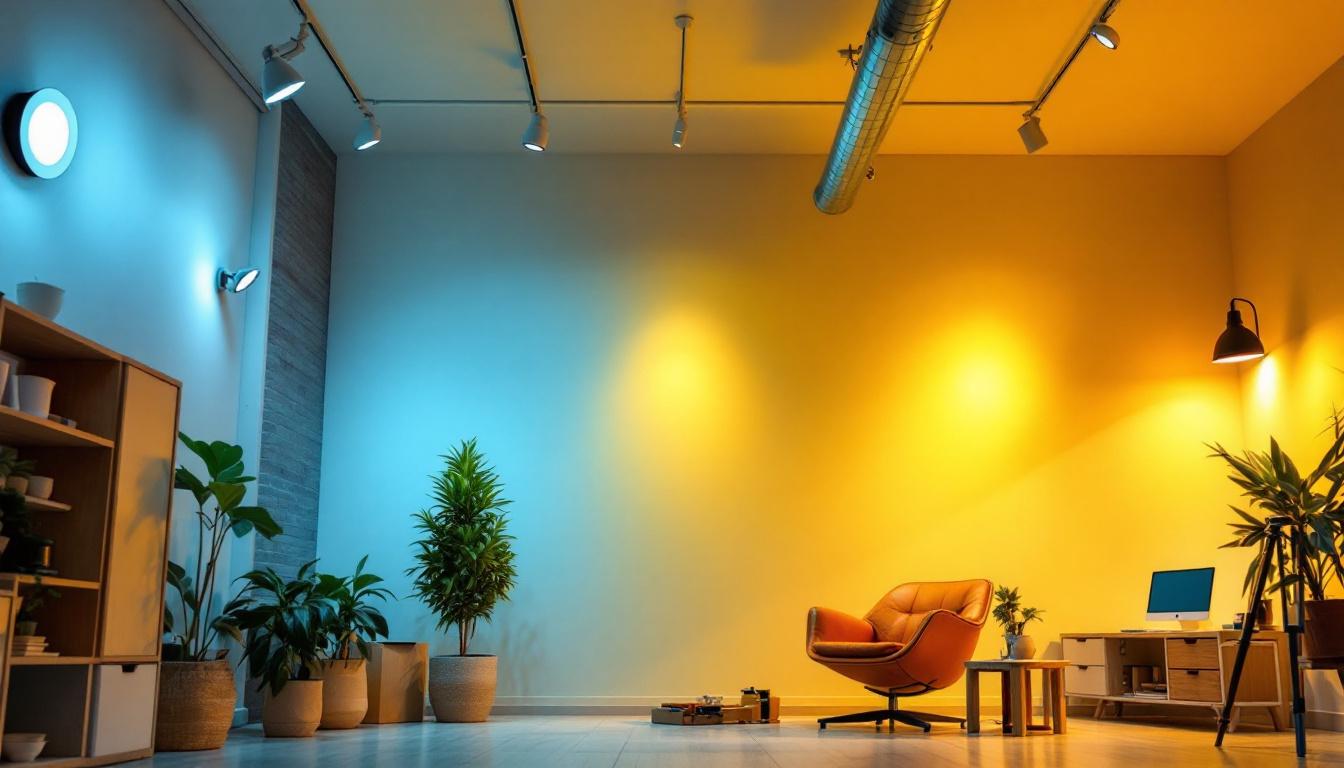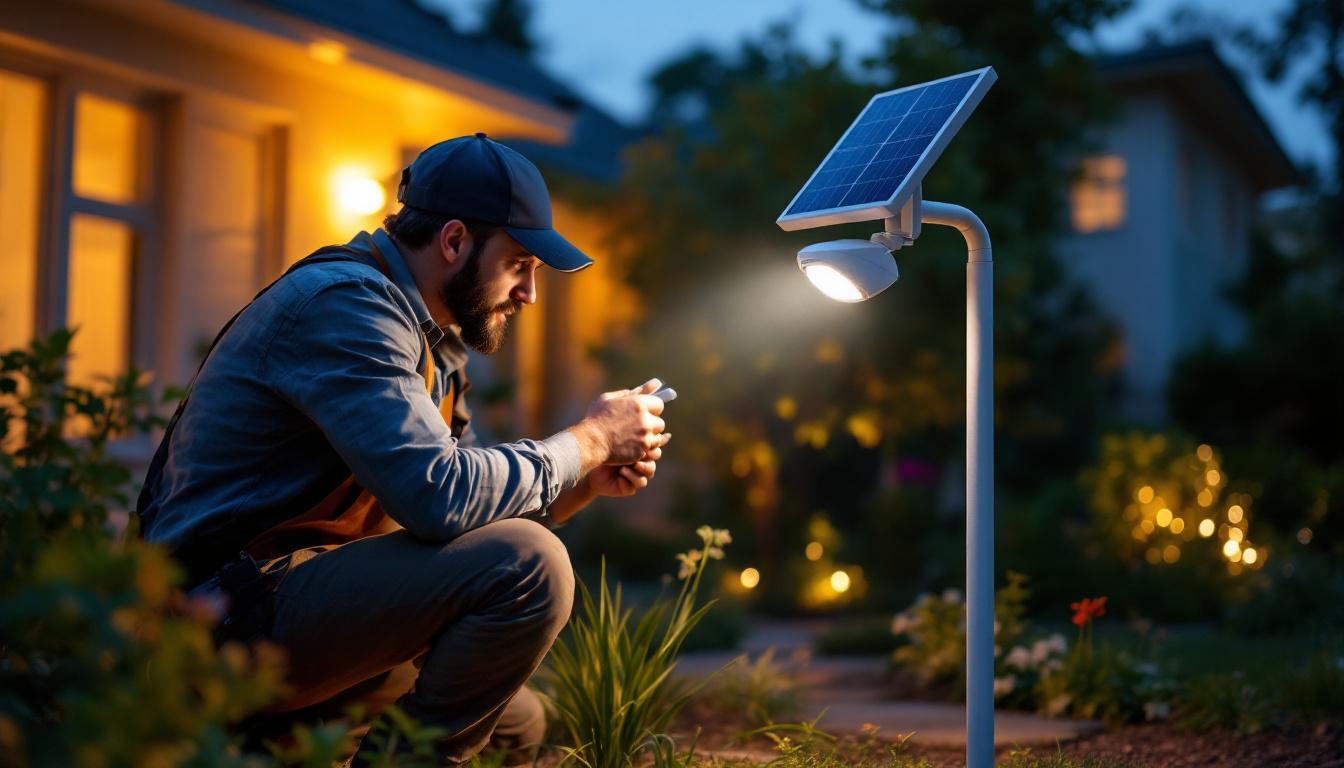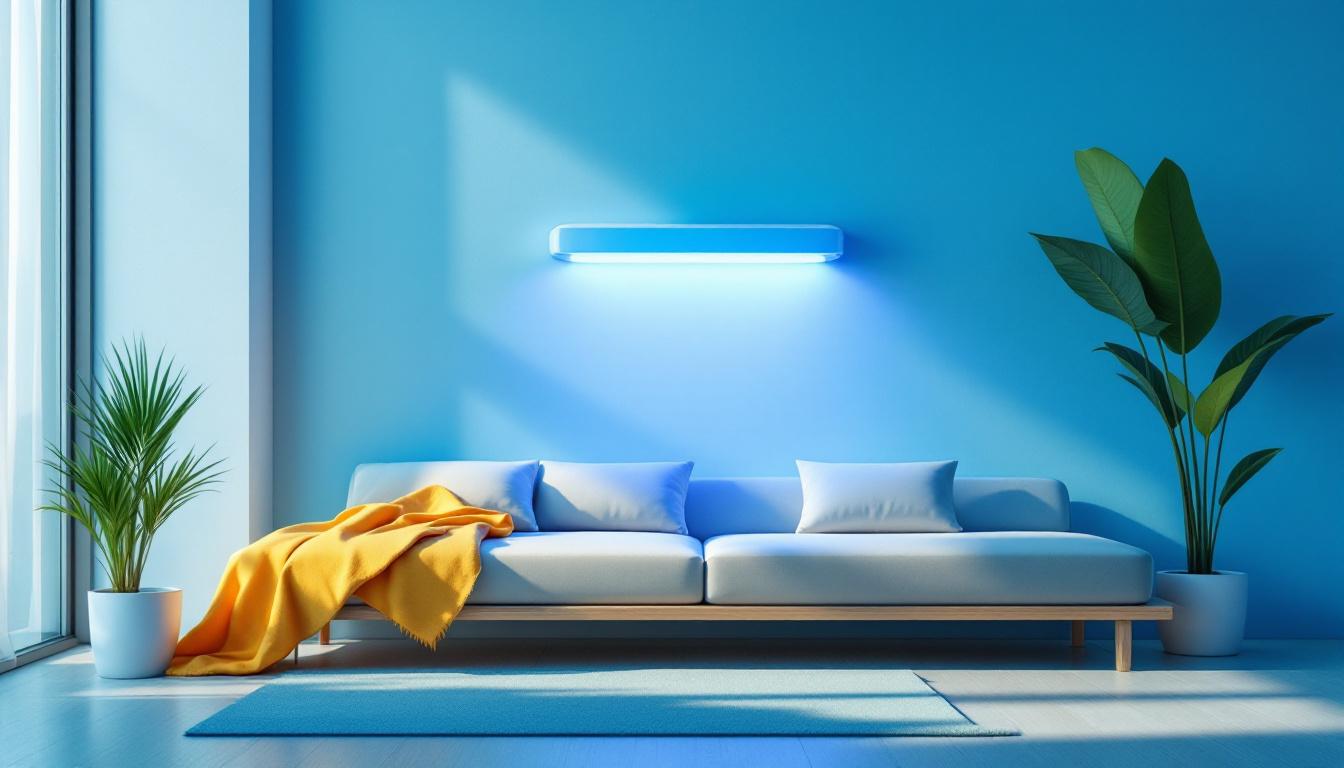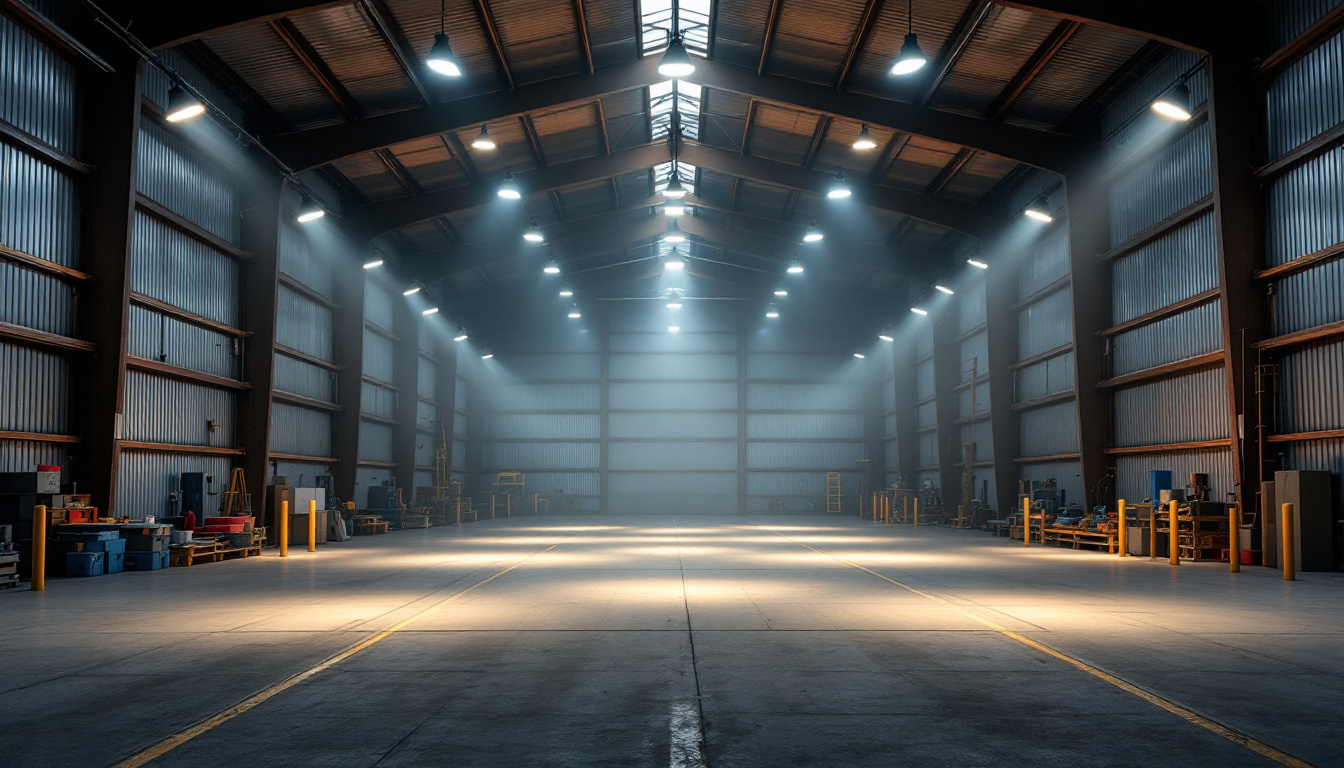
In the world of lighting design, recessed lighting has become a staple for both residential and commercial spaces. This versatile lighting solution not only enhances aesthetics but also provides functional illumination. For lighting contractors, selecting the right light bulbs for recessed fixtures is crucial to ensure optimal performance, energy efficiency, and customer satisfaction. This article explores the best light bulbs available for recessed lighting, focusing on their features, benefits, and considerations for contractors.
Recessed lighting, often referred to as can lighting or downlights, is installed into the ceiling, creating a sleek and unobtrusive look. These fixtures are designed to provide ambient, task, or accent lighting, depending on the application. The choice of light bulb plays a significant role in achieving the desired lighting effect.
When selecting light bulbs for recessed fixtures, factors such as brightness, color temperature, and energy efficiency should be considered. Understanding these elements is essential for lighting contractors aiming to deliver high-quality results to their clients. For instance, the color temperature, measured in Kelvin, can dramatically affect the mood of a room; warmer tones can create a cozy atmosphere, while cooler tones are often preferred for workspaces to enhance focus and productivity.
There are several types of bulbs compatible with recessed lighting, each offering unique advantages. The most common types include incandescent, halogen, compact fluorescent (CFL), and light-emitting diode (LED) bulbs. Each type has its own characteristics that can influence the overall lighting design. Incandescent bulbs provide a warm glow that many find appealing, but they are less energy-efficient. Halogen bulbs offer brighter light and a longer lifespan than traditional incandescent bulbs but still fall short in energy efficiency compared to LEDs. CFLs, while more efficient than incandescents, can take time to reach full brightness and may not be suitable for all recessed applications. LEDs, on the other hand, are versatile and come in various styles and colors, making them ideal for modern design aesthetics.
Energy efficiency is a critical consideration for lighting contractors. LED bulbs, for instance, have gained popularity due to their low energy consumption and long lifespan. Unlike incandescent and halogen bulbs, which can consume significant amounts of electricity and require frequent replacements, LEDs can last up to 25,000 hours or more. This longevity not only reduces maintenance costs but also appeals to environmentally conscious clients. Furthermore, advancements in LED technology have led to the development of dimmable options, allowing for greater control over lighting levels and energy use. This adaptability makes LEDs an excellent choice for various settings, from residential homes to commercial spaces, where lighting needs may change throughout the day.
Selecting the right bulb can significantly impact the performance and efficiency of recessed lighting. Here are some of the best options available on the market today:
LED bulbs are the leading choice for recessed lighting due to their energy efficiency, longevity, and versatility. They are available in various color temperatures, allowing contractors to customize the lighting to suit different environments. For instance, a warm white (2700K) is ideal for residential settings, while a cooler white (4000K) may be more appropriate for commercial spaces.
Additionally, many LED bulbs are dimmable, providing further flexibility in creating the desired ambiance. With advancements in technology, LED options now offer high lumen output, making them suitable for larger spaces without sacrificing energy savings. Moreover, the directional nature of LED lighting means that they can be focused precisely where needed, reducing wasted light and enhancing the overall efficiency of the installation. This makes them an excellent choice for highlighting architectural features or artwork in both homes and businesses.
Halogen bulbs are a type of incandescent bulb that offers improved energy efficiency and a brighter light output. They provide a crisp, white light that enhances color rendering, making them a popular choice for art galleries and retail spaces where color accuracy is essential.
While halogen bulbs have a shorter lifespan compared to LEDs, they still offer a decent longevity of around 2,000 hours. Their ability to be dimmed also makes them a versatile option for various applications. However, contractors should be mindful of their higher heat output, which can be a concern in certain installations. In addition, halogen bulbs can be sensitive to placement; they should be installed in fixtures that allow for adequate ventilation to prevent overheating. This characteristic can be a double-edged sword, as it provides a warm ambiance but may also lead to increased cooling costs in warmer climates.
Compact fluorescent lamps (CFLs) were once considered a go-to option for energy-efficient lighting. They consume less energy than incandescent bulbs and have a longer lifespan, typically lasting around 10,000 hours. However, CFLs can take time to warm up to full brightness, which may not be ideal for all applications.
While CFLs are still available, their popularity has waned with the rise of LED technology. Nonetheless, they can be a cost-effective option for contractors looking to provide energy-efficient solutions in budget-sensitive projects. Furthermore, CFLs are available in a variety of shapes and sizes, making them adaptable for different fixture types. They also tend to have a softer light quality, which can create a cozy atmosphere in residential settings. However, it is important to note that CFLs contain a small amount of mercury, necessitating careful disposal to minimize environmental impact. This factor has led many consumers to favor the more eco-friendly LED alternatives, which do not pose the same disposal concerns.
When selecting light bulbs for recessed lighting, contractors should consider several key factors to ensure optimal performance and customer satisfaction.
The brightness of a light bulb is measured in lumens, and it is essential to choose bulbs with the appropriate lumen output for the intended application. For general ambient lighting, a range of 800 to 1,200 lumens per fixture is often recommended. However, task lighting may require higher lumen outputs to ensure adequate illumination.
Contractors should also consider the layout of the space and the height of the ceilings when determining the number of fixtures and their respective lumen output. This will help create a well-lit environment that meets the client’s needs.
Color temperature, measured in Kelvin (K), plays a crucial role in setting the mood of a space. Warmer color temperatures (2700K to 3000K) create a cozy and inviting atmosphere, making them suitable for living rooms and bedrooms. In contrast, cooler temperatures (3500K to 5000K) are often preferred for kitchens, bathrooms, and workspaces where clarity and focus are essential.
Understanding the client’s preferences and the intended use of the space will guide contractors in selecting the appropriate color temperature for recessed lighting installations.
Many clients appreciate the ability to control the intensity of their lighting through dimmers and smart controls. When choosing light bulbs for recessed fixtures, it is vital to ensure compatibility with dimmer switches. Not all LED and CFL bulbs are dimmable, so contractors should verify the specifications before installation.
Using compatible dimmable bulbs not only enhances the versatility of the lighting but also allows clients to create different atmospheres for various occasions, increasing overall satisfaction.
Proper installation is crucial for achieving the best results with recessed lighting. Here are some tips for lighting contractors to consider during the installation process:
The trim of a recessed light fixture affects both the aesthetic and functional aspects of the lighting. There are various trim styles available, including baffle, reflector, and adjustable trims. Each style serves a different purpose, such as reducing glare or directing light to specific areas.
Contractors should select the appropriate trim based on the desired lighting effect and the specific needs of the space. For instance, adjustable trims are ideal for highlighting artwork or architectural features, while baffle trims can help reduce glare in living spaces.
Proper spacing and placement of recessed lights are essential for achieving even illumination throughout the space. A common guideline is to space fixtures 4 to 6 feet apart, depending on the height of the ceiling and the desired light intensity.
Contractors should also consider the layout of furniture and architectural elements when planning the placement of recessed lights. This attention to detail will help create a harmonious and functional lighting design.
After installation, testing the lighting setup is crucial to ensure that it meets the client’s expectations. Contractors should take the time to adjust the angle of adjustable trims, check for any flickering, and confirm that the dimmers function correctly.
Gathering feedback from clients during this process can also provide valuable insights and help address any concerns before finalizing the project.
Choosing the best light bulbs for recessed lighting is a vital aspect of a lighting contractor’s job. By understanding the different types of bulbs available, their energy efficiency, and the specific needs of clients, contractors can create effective and aesthetically pleasing lighting designs. LED bulbs remain the top choice due to their efficiency and versatility, while halogen and CFL options still have their place in certain applications.
By considering factors such as brightness, color temperature, and compatibility with dimmers, contractors can ensure that their recessed lighting installations meet the highest standards of quality and satisfaction. With proper installation techniques and attention to detail, lighting contractors can enhance both the functionality and beauty of any space through well-executed recessed lighting solutions.
Ready to elevate your lighting projects with the best recessed lighting bulbs on the market? Look no further than LumenWholesale, where we offer an extensive selection of high-quality, spec-grade lighting products at unbeatable wholesale prices. Say goodbye to local distributor markups and hello to superior lighting solutions that meet the highest industry standards. With free shipping on bulk orders, you can stock up on efficient and versatile LED bulbs, as well as other lighting options, without any hidden fees. Don’t compromise on quality or value—visit LumenWholesale today and discover the perfect blend of quality, affordability, and convenience for your lighting needs.

Discover essential tips and expert insights for lighting contractors on installing big shop ceiling fans.

Discover how solar motion detector spotlights are revolutionizing the lighting industry, offering lighting contractors sustainable solutions, cost savings, and enhanced security features.

Discover essential tips and insights for lighting contractors on effectively utilizing UV light sanitizers in room settings.

Discover how a Pole Barn Lighting Calculator can revolutionize your lighting installations by enhancing safety and efficiency.